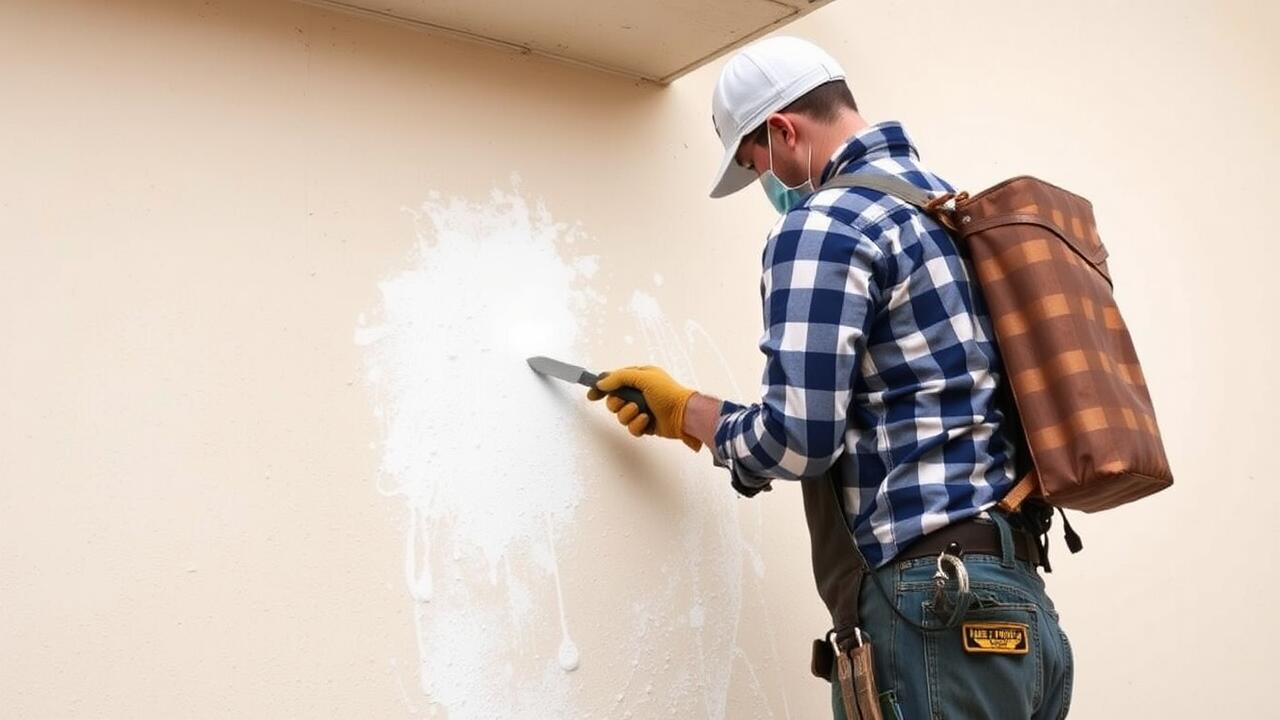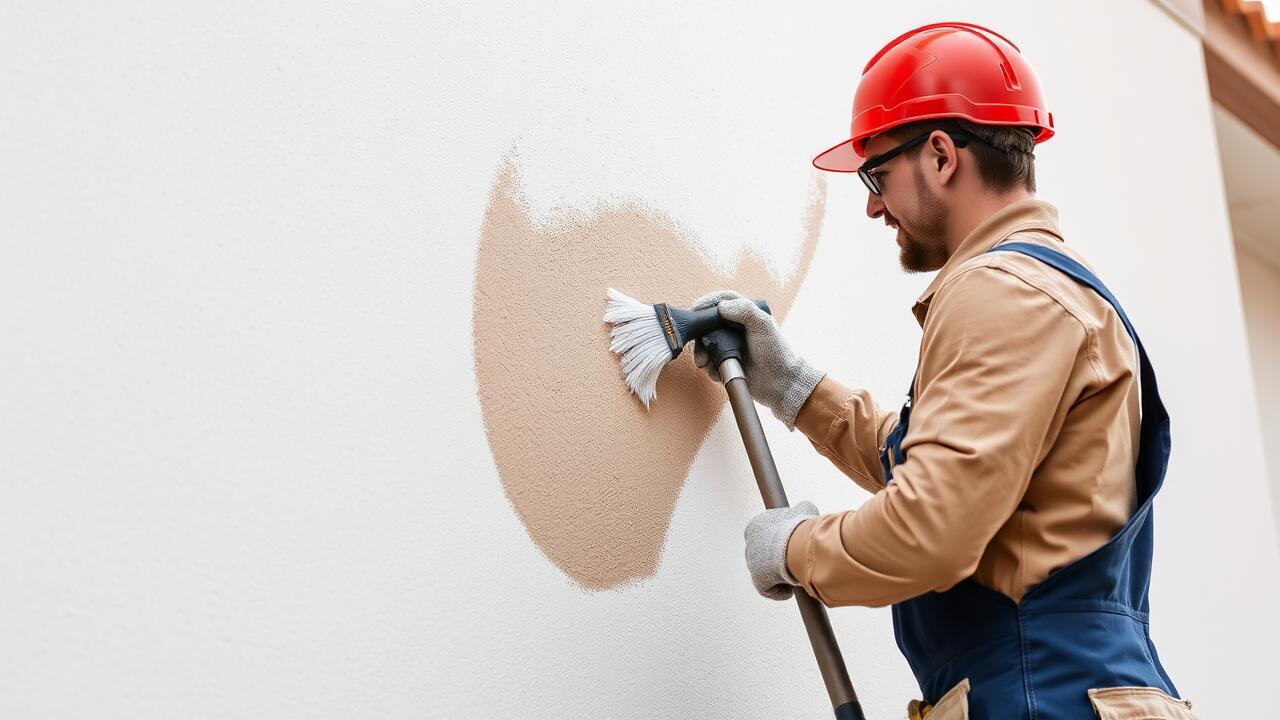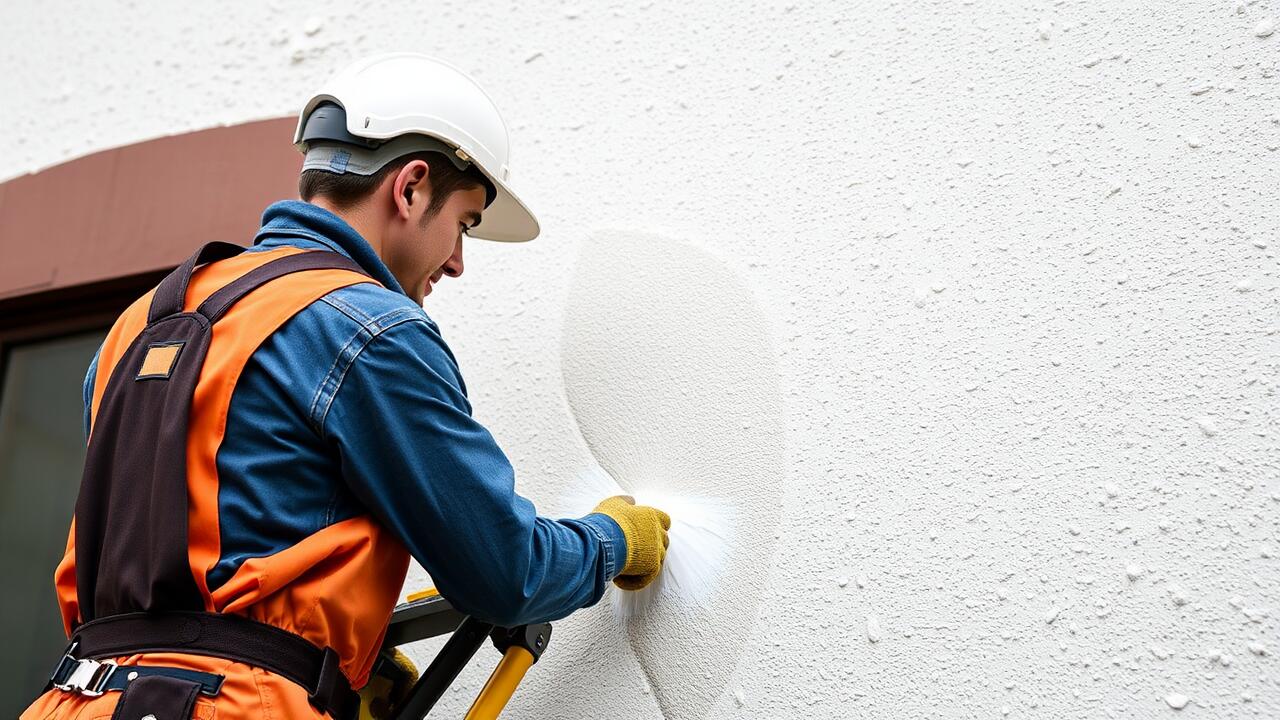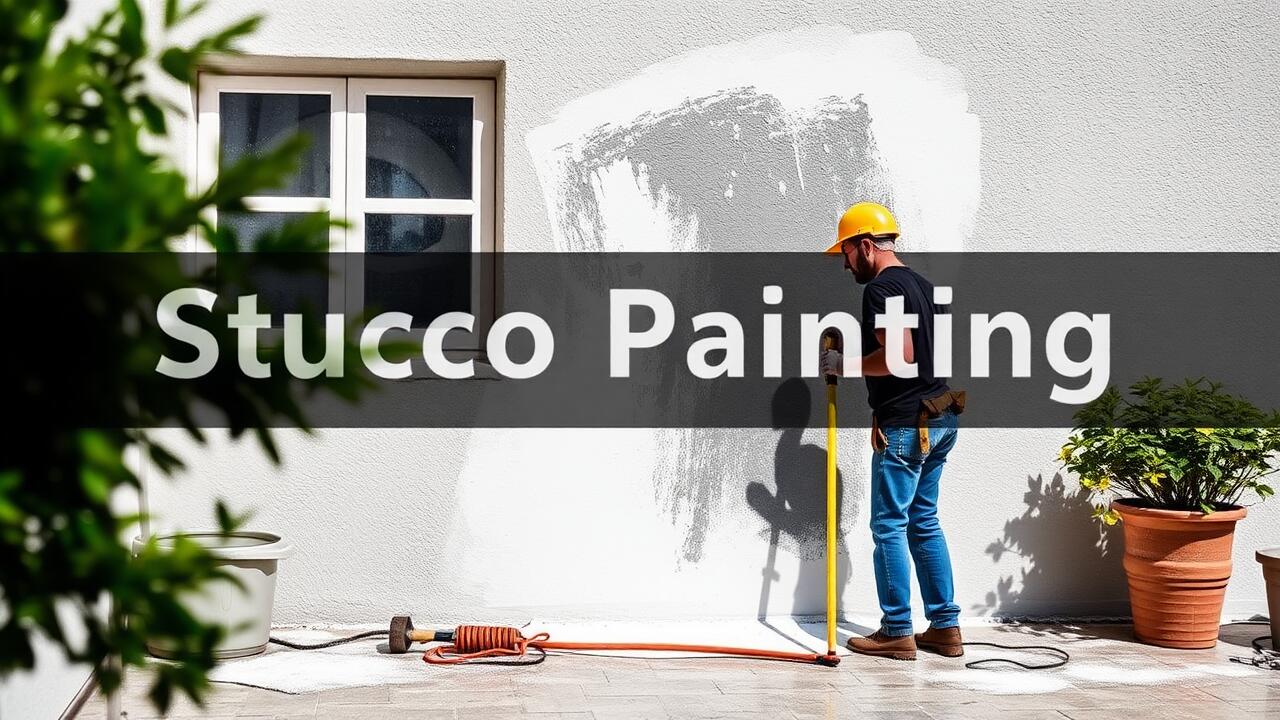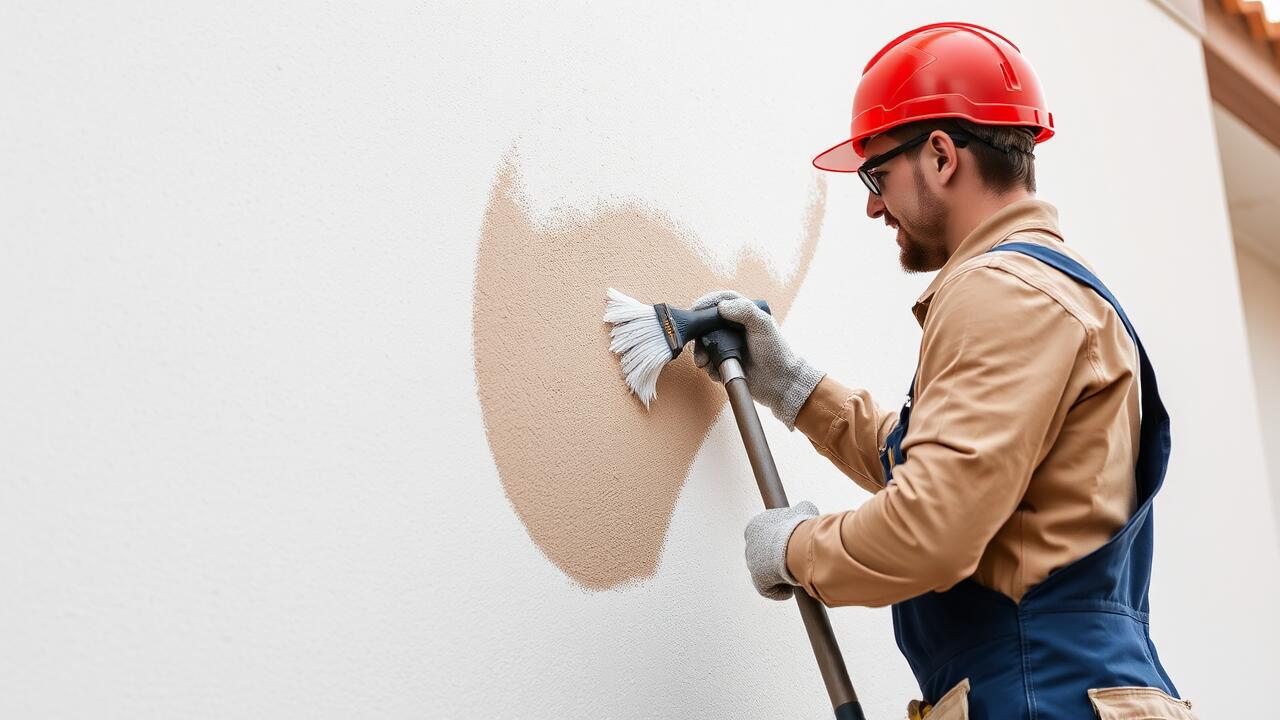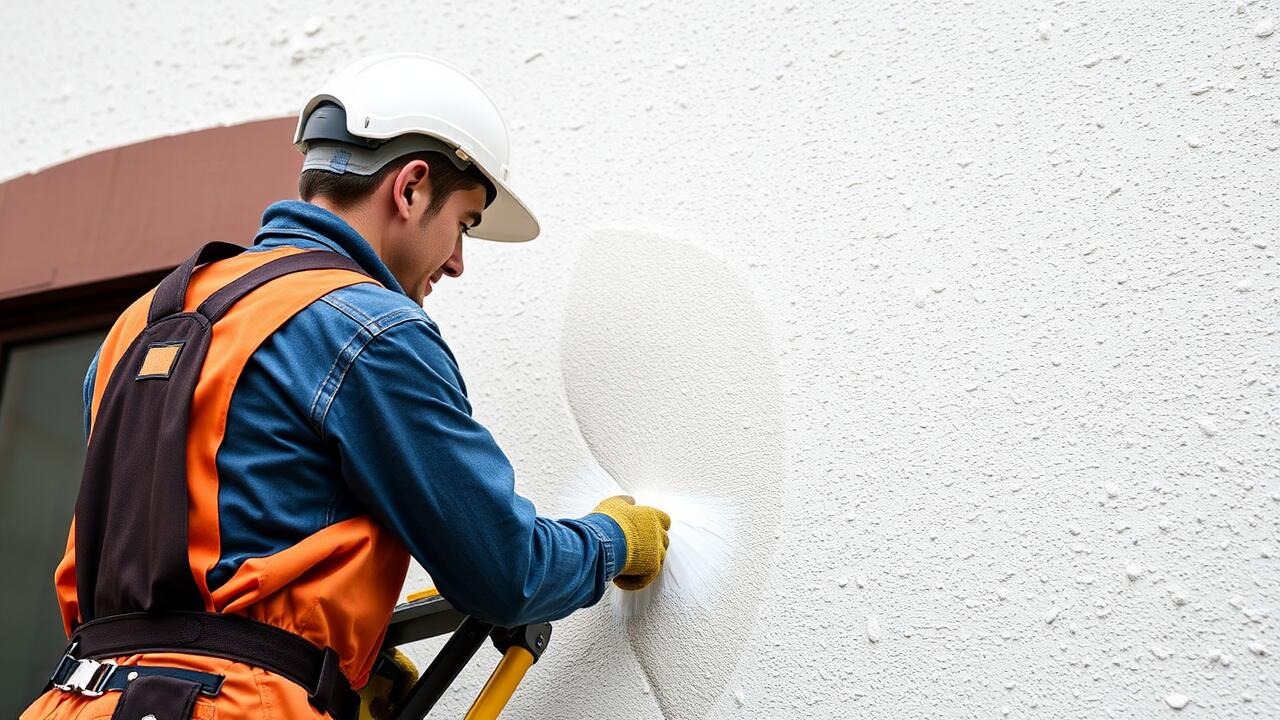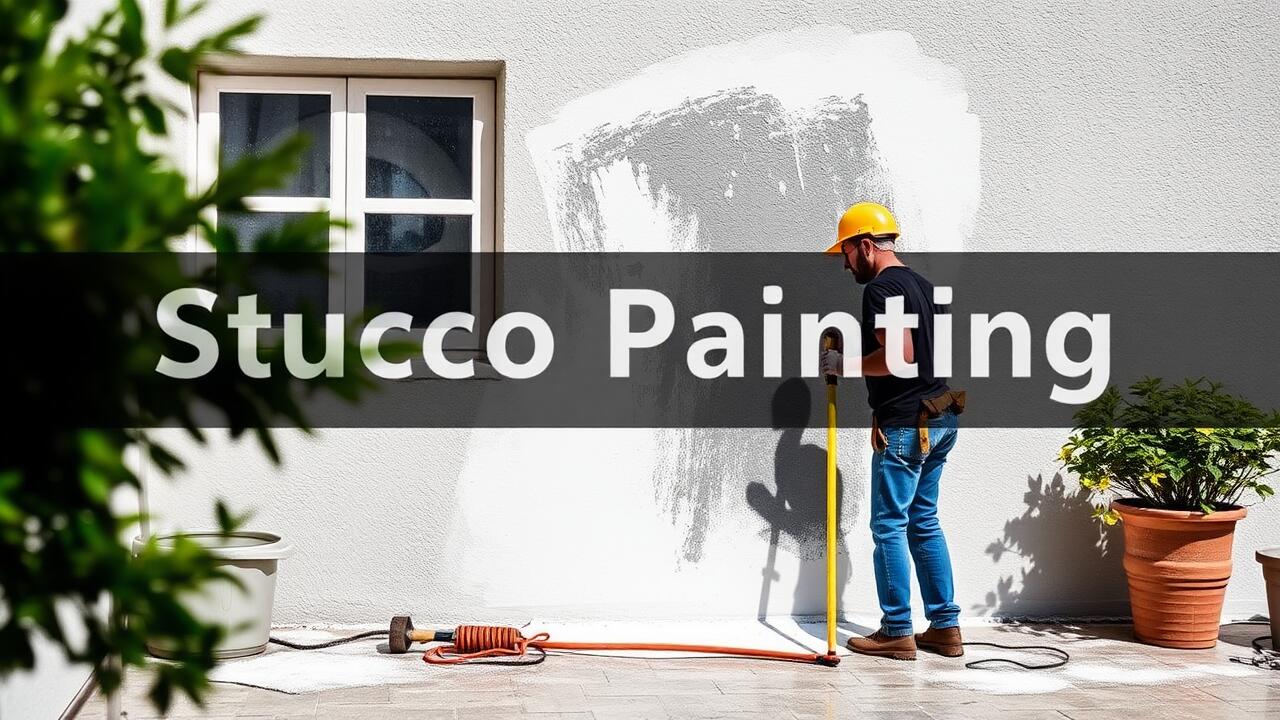
Preparing the Surface for Painting
Before applying paint to the exterior of a house, it's critical to prepare the surface properly. This process involves cleaning the walls to remove dirt, mildew, and old paint that may hinder the new coat from adhering seamlessly. For different materials, such as wood, stucco, or vinyl siding, the preparation steps can vary. For stucco surfaces, applying a primer may be necessary to ensure better paint adhesion. Finding "Stucco Painting near me" can help connect homeowners with professionals who specialize in treating such surfaces effectively.
Additionally, inspecting the exterior for any signs of damage is essential. Cracks, gaps, or peeling areas should be repaired prior to painting to ensure a smooth finish. Ignoring these imperfections can compromise the durability of the paint job. It's advisable to caulk any gaps and patch up surface damage to protect against moisture and improve the overall appearance. Taking the time to prepare the surface well will contribute significantly to the longevity of the paint.
Importance of Surface Preparation
Surface preparation is crucial for achieving a long-lasting and aesthetically pleasing exterior paint job. Properly preparing the surface ensures that the paint adheres effectively and protects the underlying materials. Any dirt, mold, or old paint can interfere with adhesion and lead to premature peeling or chipping. For many homeowners, finding services for stucco painting near me is a good start to ensure that professionals can assess and prepare the surface properly before any paint is applied.
Additionally, different materials require different preparation techniques. For example, wood may need sanding or sealing, while stucco may require cleaning and patching to fill any cracks. Skipping these steps can result in an uneven finish or shorter lifespan for the paint job. Engaging local experts and searching for stucco painting near me can also offer access to valuable advice and services tailored to specific home exteriors. This foundational work can contribute significantly to the durability and appearance of the paint.
Optimal Weather Conditions for Exterior Painting
When planning exterior painting, weather conditions play a crucial role in achieving the best results. Ideal temperatures typically range between 50°F and 85°F. These temperatures allow the paint to cure properly. Additionally, try to avoid rainy days to prevent moisture from compromising the paint's adhesion and finish. Windy conditions can also pose challenges, as dust and debris may land on wet paint, affecting the surface quality.
Humidity levels are another factor to consider. Lower humidity ensures faster drying times, while excessive humidity can lead to issues like mildew growth. If you’re looking for local services for specific surfaces, searching for “Stucco Painting near me” can yield professional options suited to the unique demands of stucco. Finding the right climate will help ensure a smooth and long-lasting finish for your exterior painting project.
Best Times to Paint Your House
Timing plays a crucial role in the success of exterior painting projects. Early spring and early fall are generally considered the best seasons for painting a house. These periods provide temperate weather without extreme heat or cold. The moderate temperatures help the paint adhere properly and cure effectively. It's essential to avoid painting during rainy days or high humidity, as this can lead to issues such as peeling and uneven drying.
Homeowners often search for "stucco painting near me" to find local professionals who understand the specific requirements for stucco surfaces. The right time not only enhances the longevity of the paint job but also ensures aesthetic appeal. Choosing a time when there is minimal rain forecasted will further protect the investment in your home’s exterior. Planning ahead can result in a smoother experience and a finish that lasts for years.
Hiring a Professional vs. DIY Painting
Choosing between hiring a professional painter and tackling a DIY project involves weighing several factors. Professionals often possess experience and expertise that ensure a high-quality finish. They are equipped with the right tools and materials, which can save time and effort. For intricate surfaces like stucco, hiring a pro may provide better results and longer-lasting effects. Searching for "Stucco Painting near me" can yield local experts who specialize in this type of work, allowing homeowners to benefit from specialized skills.
On the other hand, DIY painting can be a rewarding budget-friendly option. Homeowners have full control over design choices and can take pride in completing the task themselves. However, it’s essential to consider the time commitment and physical demands of the project. Factors such as climbing ladders and handling large amounts of paint may pose challenges. When determining the best approach, evaluate your skill level, available time, and the complexity of the job to make an informed decision.
Pros and Cons of Each Approach
Hiring a professional painter can bring a level of expertise and efficiency that many DIYers may not possess. Professionals often have access to specialized tools and equipment that make the job faster and more effective. They can also provide guidance on the best materials for your specific home, ensuring a long-lasting finish. However, this convenience comes with a price. Homeowners can find the costs of hiring a professional to be significantly higher than doing it themselves, which may not fit in every budget.
On the other hand, tackling a painting project independently allows for greater flexibility and can be a fulfilling experience. DIY painting gives homeowners the opportunity to select their colors and techniques without the constraint of a contractor's schedule. Many find satisfaction in completing the job themselves. That said, the lack of experience may lead to subpar results or extended timelines. If you're searching for quality results and considering your options, terms like "Stucco Painting near me" can help you locate local experts who can offer assistance.
FAQS
How do I calculate the amount of paint needed for a 2000 sq ft house?
To calculate the amount of paint needed, you can use the formula: Total square footage of the house divided by the coverage per gallon of paint. Typically, one gallon covers about 350 to 400 square feet. Therefore, for a 2000 sq ft house, you would need approximately 5 to 6 gallons of paint for one coat.
Do I need to apply more than one coat of paint?
Yes, it's generally recommended to apply two coats of paint for even coverage and durability, especially if you're making a significant color change. This means you would need to double the amount of paint calculated for one coat.
What factors can affect the amount of paint I need?
Several factors can affect the amount of paint required, including the texture of the surface, the type of paint being used, the quality of the finish you desire, and whether you are painting over a darker color. Rough surfaces and multiple textures may require more paint.
Can I use leftover paint from previous projects for my house?
Yes, you can use leftover paint as long as it is still in good condition and matches the color you want. However, be sure to calculate the total amount needed, including any additional paint required for touch-ups.
Is it better to hire a professional painter for a project like this?
It depends on your experience and comfort level with painting. Hiring a professional can ensure a high-quality finish and save you time, but if you are confident in your DIY skills, you can save money by doing it yourself. Assess your skills and the complexity of the job before making a decision.
